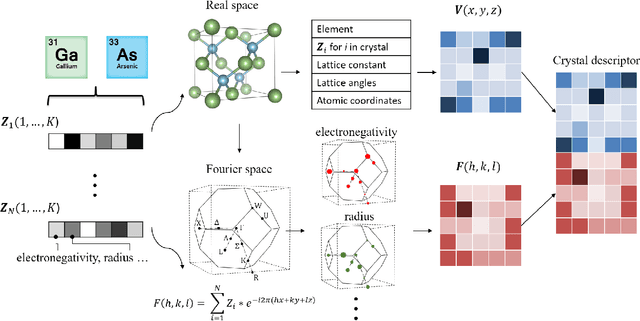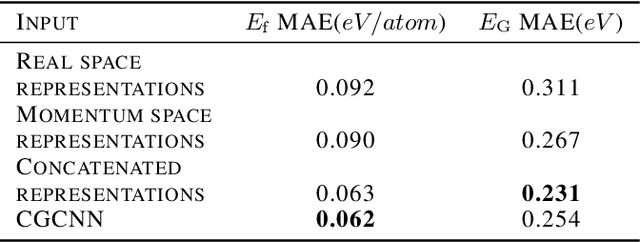Siyu Tian
Teach2Eval: An Indirect Evaluation Method for LLM by Judging How It Teaches
May 18, 2025Abstract:Recent progress in large language models (LLMs) has outpaced the development of effective evaluation methods. Traditional benchmarks rely on task-specific metrics and static datasets, which often suffer from fairness issues, limited scalability, and contamination risks. In this paper, we introduce Teach2Eval, an indirect evaluation framework inspired by the Feynman Technique. Instead of directly testing LLMs on predefined tasks, our method evaluates a model's multiple abilities to teach weaker student models to perform tasks effectively. By converting open-ended tasks into standardized multiple-choice questions (MCQs) through teacher-generated feedback, Teach2Eval enables scalable, automated, and multi-dimensional assessment. Our approach not only avoids data leakage and memorization but also captures a broad range of cognitive abilities that are orthogonal to current benchmarks. Experimental results across 26 leading LLMs show strong alignment with existing human and model-based dynamic rankings, while offering additional interpretability for training guidance.
SilverSight: A Multi-Task Chinese Financial Large Language Model Based on Adaptive Semantic Space Learning
Apr 07, 2024



Abstract:Large language models (LLMs) are increasingly being applied across various specialized fields, leveraging their extensive knowledge to empower a multitude of scenarios within these domains. However, each field encompasses a variety of specific tasks that require learning, and the diverse, heterogeneous data across these domains can lead to conflicts during model task transfer. In response to this challenge, our study introduces an Adaptive Semantic Space Learning (ASSL) framework, which utilizes the adaptive reorganization of data distributions within the semantic space to enhance the performance and selection efficacy of multi-expert models. Utilizing this framework, we trained a financial multi-task LLM named "SilverSight". Our research findings demonstrate that our framework can achieve results close to those obtained with full data training using only 10% of the data, while also exhibiting strong generalization capabilities.
UDCR: Unsupervised Aortic DSA/CTA Rigid Registration Using Deep Reinforcement Learning and Overlap Degree Calculation
Mar 09, 2024



Abstract:The rigid registration of aortic Digital Subtraction Angiography (DSA) and Computed Tomography Angiography (CTA) can provide 3D anatomical details of the vasculature for the interventional surgical treatment of conditions such as aortic dissection and aortic aneurysms, holding significant value for clinical research. However, the current methods for 2D/3D image registration are dependent on manual annotations or synthetic data, as well as the extraction of landmarks, which is not suitable for cross-modal registration of aortic DSA/CTA. In this paper, we propose an unsupervised method, UDCR, for aortic DSA/CTA rigid registration based on deep reinforcement learning. Leveraging the imaging principles and characteristics of DSA and CTA, we have constructed a cross-dimensional registration environment based on spatial transformations. Specifically, we propose an overlap degree calculation reward function that measures the intensity difference between the foreground and background, aimed at assessing the accuracy of registration between segmentation maps and DSA images. This method is highly flexible, allowing for the loading of pre-trained models to perform registration directly or to seek the optimal spatial transformation parameters through online learning. We manually annotated 61 pairs of aortic DSA/CTA for algorithm evaluation. The results indicate that the proposed UDCR achieved a Mean Absolute Error (MAE) of 2.85 mm in translation and 4.35{\deg} in rotation, showing significant potential for clinical applications.
$R^3$-NL2GQL: A Hybrid Models Approach for for Accuracy Enhancing and Hallucinations Mitigation
Nov 03, 2023Abstract:While current NL2SQL tasks constructed using Foundation Models have achieved commendable results, their direct application to Natural Language to Graph Query Language (NL2GQL) tasks poses challenges due to the significant differences between GQL and SQL expressions, as well as the numerous types of GQL. Our extensive experiments reveal that in NL2GQL tasks, larger Foundation Models demonstrate superior cross-schema generalization abilities, while smaller Foundation Models struggle to improve their GQL generation capabilities through fine-tuning. However, after fine-tuning, smaller models exhibit better intent comprehension and higher grammatical accuracy. Diverging from rule-based and slot-filling techniques, we introduce R3-NL2GQL, which employs both smaller and larger Foundation Models as reranker, rewriter and refiner. The approach harnesses the comprehension ability of smaller models for information reranker and rewriter, and the exceptional generalization and generation capabilities of larger models to transform input natural language queries and code structure schema into any form of GQLs. Recognizing the lack of established datasets in this nascent domain, we have created a bilingual dataset derived from graph database documentation and some open-source Knowledge Graphs (KGs). We tested our approach on this dataset and the experimental results showed that delivers promising performance and robustness.Our code and dataset is available at https://github.com/zhiqix/NL2GQL
Inverse design of crystals using generalized invertible crystallographic representation
May 15, 2020



Abstract:Deep learning has fostered many novel applications in materials informatics. However, the inverse design of inorganic crystals, $\textit{i.e.}$ generating new crystal structure with targeted properties, remains a grand challenge. An important ingredient for such generative models is an invertible representation that accesses the full periodic table. This is challenging due to limited data availability and the complexity of 3D periodic crystal structures. In this paper, we present a generalized invertible representation that encodes the crystallographic information into the descriptors in both real space and reciprocal space. Combining with a generative variational autoencoder (VAE), a wide range of crystallographic structures and chemistries with desired properties can be inverse-designed. We show that our VAE model predicts novel crystal structures that do not exist in the training and test database (Materials Project) with targeted formation energies and band gaps. We validate those predicted crystals by first-principles calculations. Finally, to design solids with practical applications, we address the sparse label problem by building a semi-supervised VAE and demonstrate its successful prediction of unique thermoelectric materials
 Add to Chrome
Add to Chrome Add to Firefox
Add to Firefox Add to Edge
Add to Edge